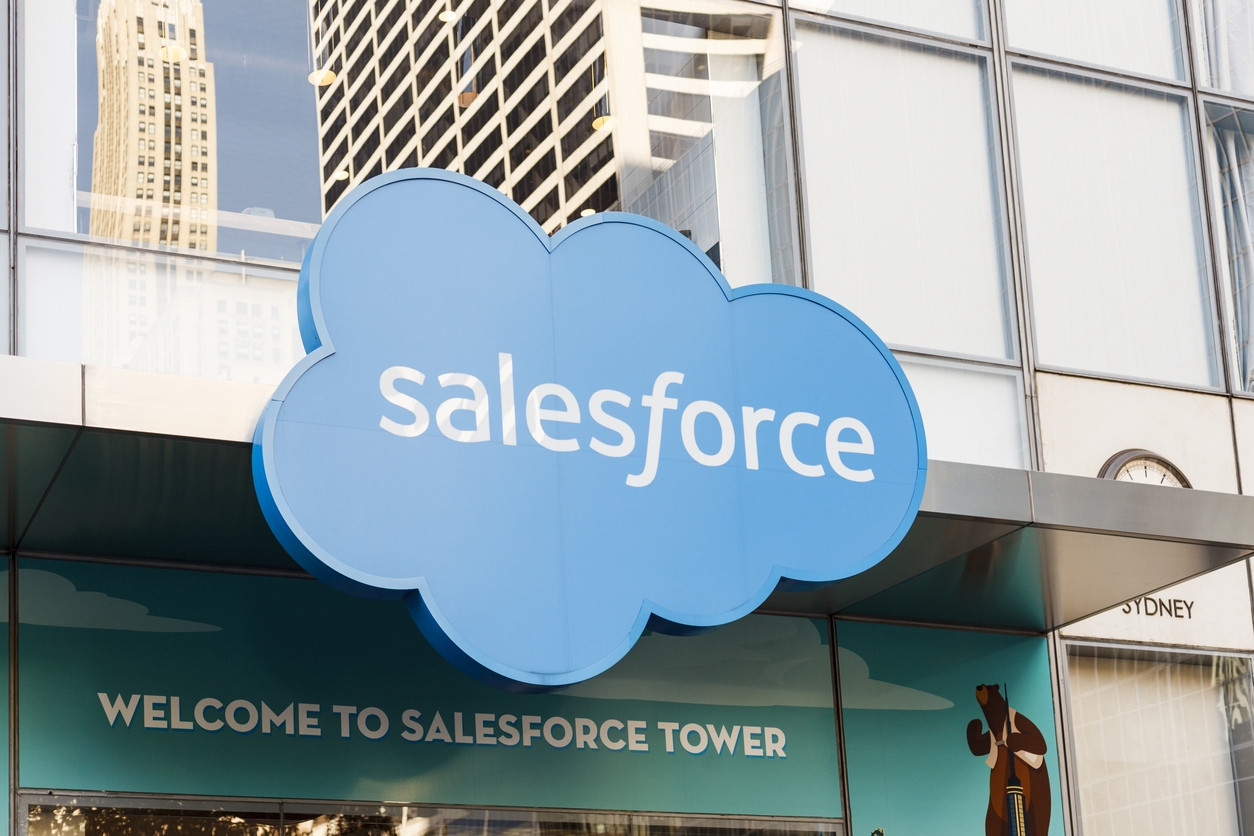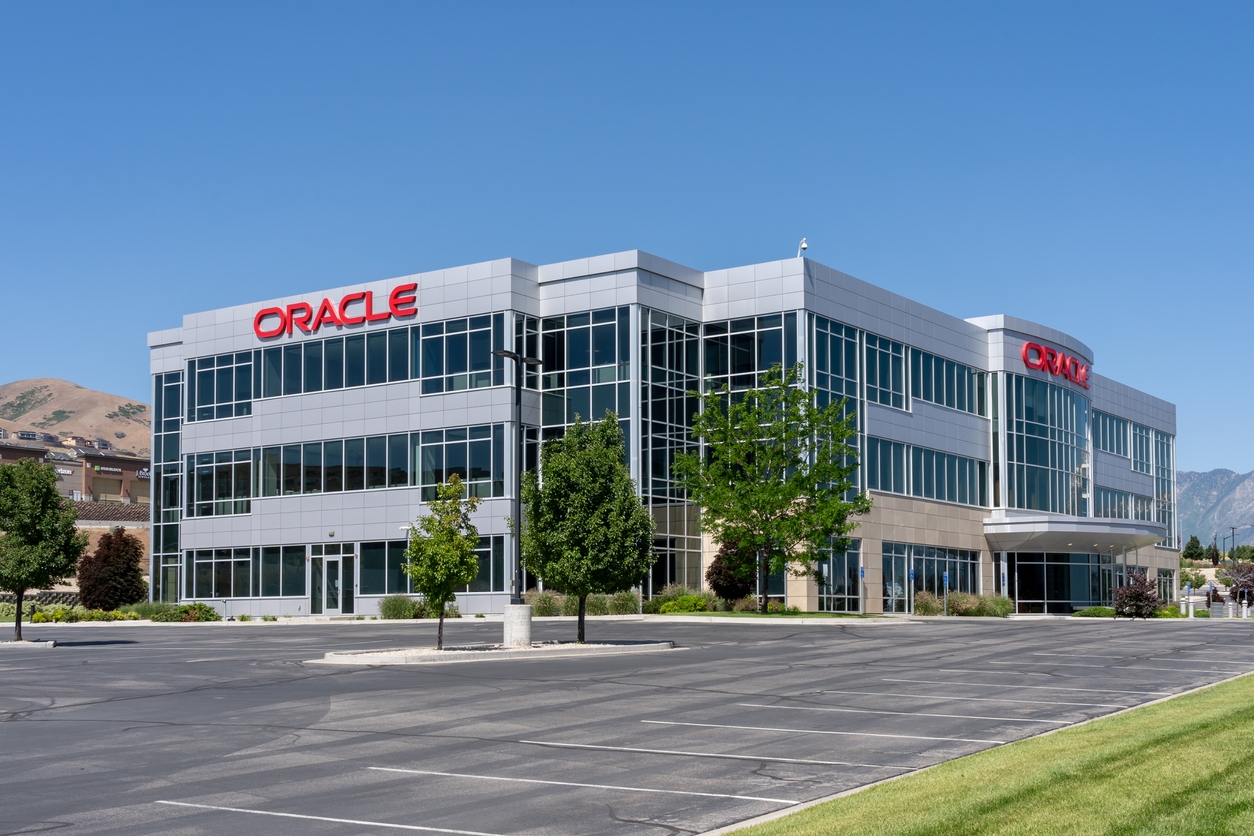In the dynamic realm of modern technology, SaaS stands as a pivotal force, reshaping the landscape of software consumption and delivery. SaaS, short for Software as a Service, represents a software distribution model where applications are hosted in the cloud and made available to users over the internet. Unlike traditional software, SaaS doesn’t require installation or local storage, offering accessibility and convenience on a subscription basis.
The ascent of SaaS holds profound implications in the contemporary digital landscape. Its subscription-based model streamlines accessibility, fosters scalability, and minimizes infrastructure demands for businesses.
This approach transforms software utilization into a flexible, cost-effective, and collaborative experience, embodying a fundamental shift in how organizations leverage technology for enhanced efficiency and innovation. This post explores the SaaS Giants and delves into the essence of this technological paradigm and the profound influence these companies have on it.
Evolution of SaaS
The evolution of SaaS unfolds through a succinct history of its development, marked by transformative shifts in technology and the rise of cloud computing.
A Brief History of SaaS Development
SaaS as we know it today traces its roots to the early 2000s when the software delivery model underwent a significant transformation. [1] Traditional software installation faced challenges of updates, maintenance, and accessibility. SaaS emerged as a solution, offering applications accessible through web browsers without the need for local installation. This shift marked the start of departure from conventional software distribution models, introducing a subscription-based approach that streamlined user experience and maintenance.
The Rise of Cloud Computing and its Influence on SaaS
The ascent of cloud computing technologies in the 21st century significantly propelled the SaaS model. [2] The cloud provided scalable, secure, and cost-effective infrastructure for SaaS providers to host and deliver software applications. This fundamental shift empowered SaaS companies to offer a broad spectrum of services, from cloud storage and collaboration tools to artificial intelligence solutions.
Cloud computing’s influence on SaaS marked a turning point, expanding the reach and capabilities of these companies and redefining the way businesses and individuals interact with software.
Top SaaS Companies by Revenue
Within the ever-expanding universe of Software as a Service (SaaS) companies, a select few have risen to the summit in terms of revenue. Notable among them are:
| Company | Notable SaaS Offerings | Key Highlights |
| Salesforce | Cloud-based Customer Relationship Management (CRM) solutions | Renowned for driving business growth and customer engagement. |
| Microsoft | Azure (Cloud Computing), Office 365 (Productivity Suite) | A tech giant offering a diverse SaaS ecosystem and cloud services. |
| Adobe Systems | Adobe Creative Cloud (Creative Software) | Leader in creative software, transforming digital content creation. |
| Oracle | Cloud-based applications (ERP, HCM, etc.) | Providing a wide spectrum of cloud solutions for enterprise needs. |
Salesforce
Salesforce stands as a SaaS titan, renowned for its cloud-based customer relationship management (CRM) solutions. [3] With a steadfast commitment to innovation, Salesforce has consistently achieved impressive revenue growth, helping businesses of all sizes manage customer interactions, streamline processes, and gain a competitive edge.
Microsoft (Azure and Office 365)
Microsoft, a tech stalwart, boasts an extensive SaaS portfolio. [4] Azure, its cloud computing platform, has surged in influence, underpinning a range of cloud-based services. Meanwhile, Office 365, the cloud-powered iteration of the iconic Office suite, has redefined productivity tools and demonstrated the symbiosis of traditional software with the cloud.
Adobe Systems
Adobe’s SaaS offerings, including Creative Cloud and Document Cloud, are the backbone of creative professionals worldwide. [5] These tools are the foundation of design, content creation, and document management.
Oracle
Oracle’s impact on the SaaS arena is marked by its comprehensive cloud-based applications, covering areas from enterprise resource planning (ERP) to human capital management (HCM). Its cloud-based offerings, such as database solutions, underscore Oracle’s adaptability in meeting the evolving needs of businesses. With robust offerings, it caters to the dynamic needs of businesses seeking robust, scalable solutions for their data management and software needs. [5]
These companies, while distinct in their offerings, collectively dominate the SaaS landscape, underlining the sector’s capacity to drive innovation and meet the evolving digital requirements of businesses and individuals.
Influential SaaS Companies Shaping the Market
Beyond the giants, several notable SaaS companies have left an indelible mark on the market, transforming the way we work and conduct business. Among these influential SaaS companies, Slack, Zoom, and Shopify stand out for their transformative effects.
| Company | Notable Contributions | Key Impact |
| Slack | Revolutionized workplace communication | Enhanced collaboration and productivity in remote teams. |
| Zoom | Transformed virtual meetings | Facilitated seamless remote communication and collaboration. |
| Shopify | Pioneered the e-commerce revolution | Empowered businesses to thrive in the digital marketplace. |
Slack and Its Impact on Workplace Communication
Slack has redefined workplace communication by offering a collaboration platform that combines messaging, file sharing, and integration with various workplace tools. It has streamlined internal communication, fostered remote work, and catalyzed team productivity. Slack’s user-friendly interface and extensive integrations have made it a preferred choice for businesses seeking efficient communication solutions. [7]
Zoom and the Transformation of Virtual Meetings
Zoom, a video conferencing platform, has become synonymous with virtual meetings. [8] It caters to diverse needs, from business meetings to webinars and personal interactions. Zoom’s accessibility and reliability have ushered in an era of remote work and digital connectivity, transforming the way we interact and collaborate across geographical boundaries.
Shopify and the E-commerce Revolution
Shopify, an e-commerce SaaS provider, has democratized online retail. [9] With its user-friendly platform, businesses of all sizes can establish and manage online storefronts. Shopify’s features extend to payment processing, inventory management, and marketing tools, empowering entrepreneurs to embark on digital retail ventures. In an increasingly digital marketplace, Shopify empowers entrepreneurs and established brands to thrive in the e-commerce ecosystem.
These innovative SaaS companies underscore the ever-evolving nature of the digital landscape. With each pioneering in their domain, they are pushing boundaries, and reshaping industries through their offerings.
Factors Determining SaaS Success
The success of Software as a Service (SaaS) hinges on several critical factors that encompass user experience, scalability, integration capabilities, security, and data protection.
| Factors | Description |
| User Experience and Interface Design | Intuitive, user-friendly interfaces that enhance usability and satisfaction. |
| Scalability and Integration Capabilities | The ability to adapt to increasing user demands and integrate seamlessly with other systems. |
| Security and Data Protection | Robust measures to safeguard data integrity, confidentiality, and availability, instilling trust and compliance. |
User Experience and Interface Design
A user-friendly interface and exceptional user experience are fundamental to SaaS success. Intuitive navigation, clear design, and a seamless interaction flow contribute to user satisfaction. SaaS platforms that prioritize user experience tend to see higher adoption rates and customer retention, fostering long-term success.
Scalability and Integration Capabilities
Scalability is crucial as businesses grow and evolve. SaaS solutions that can adapt to changing needs without disruption are highly valued. Furthermore, integration capabilities are pivotal, as they allow SaaS platforms to work seamlessly with existing systems and tools, enhancing efficiency and compatibility.
Security and Data Protection
Security is non-negotiable in the SaaS landscape. Robust measures to safeguard data integrity, confidentiality, and availability are essential. Successful SaaS platforms prioritize stringent security protocols and data protection measures, instilling trust among users and businesses.
These factors collectively determine the success of a SaaS solution, influencing its adoption, effectiveness, and the level of trust it commands in the market. A delicate balance among user-centric design, scalability, integration prowess, and security safeguards is key to thriving in the competitive SaaS environment.
Challenges Faced by SaaS Companies
Even as SaaS (Software as a Service) companies flourish, they encounter several challenges that demand astute management and strategic response.
| Challenges | Description |
| Competition and Market Saturation | Fierce competition and a saturated market demand strategies for differentiation and sustainable growth. |
| Data Privacy Concerns | Heightened scrutiny necessitates robust data protection measures to build trust and comply with regulations. |
| Adapting to Changing Technological Trends | The rapid pace of technological evolution requires constant adaptation to emerging trends for sustained relevance. |
Competition and Market Saturation
The SaaS landscape is fiercely competitive, with a proliferation of providers vying for attention. Market saturation intensifies this competition, prompting SaaS companies to innovate continuously and find unique value propositions that set them apart in a crowded market.
Data Privacy Concerns
In an era of increasing data sensitivity, SaaS companies must navigate a complex web of data privacy regulations and address user concerns about data security and privacy. Complying with stringent data protection laws and earning and maintaining user trust are vital endeavors.
Adapting to Changing Technological Trends
The rapid evolution of technology demands constant adaptation. SaaS companies face the challenge of staying ahead in a landscape where emerging trends, such as artificial intelligence and blockchain, reshape expectations and possibilities.
Navigating these challenges requires strategic foresight, innovation, and a commitment to addressing user concerns, ensuring the resilience and continued relevance of SaaS companies in the competitive digital arena.
Future Prospects for SaaS
The future of Software as a Service (SaaS) holds promising prospects, driven by the convergence of technological advancements and evolving market dynamics. Key considerations for the future include:
The Role of AI and Machine Learning in SaaS
AI and machine learning are poised to redefine SaaS capabilities. They enable data-driven insights, automation, and enhanced personalization. SaaS platforms harness AI to optimize user experiences, data analysis, and predictive functionalities, unlocking new possibilities for efficiency and innovation.
Potential for Growth in Emerging Markets
Emerging markets offer substantial growth potential for SaaS companies. As digital adoption accelerates globally, these markets represent untapped opportunities. By tailoring solutions to regional needs and addressing affordability, SaaS companies can expand their user base and fuel growth.
The Integration of SaaS with IoT (Internet of Things)
The intersection of SaaS and IoT holds transformative promise. SaaS solutions can manage and analyze the massive data streams generated by IoT devices. This integration enhances data-driven decision-making, offering insights into areas like smart cities, healthcare, and supply chain management, revolutionizing industries and improving daily lives.
As SaaS evolves, these trends paint a promising picture of a future where AI-driven insights, global expansion, and IoT integration become integral components, reshaping the digital landscape and solidifying the role of SaaS as an essential enabler of progress.
Conclusion
The future prospects for Software as a Service (SaaS) unveil a landscape defined by technological integration and global expansion. The synergy of SaaS with artificial intelligence and machine learning promises enhanced capabilities, from predictive analytics to personalized user experiences. Simultaneously, untapped potential in emerging markets beckons, fueling growth. The merging of SaaS with the Internet of Things (IoT) holds transformative potential across industries. In this dynamic realm, SaaS companies must remain agile and responsive, navigating challenges and leveraging opportunities.






